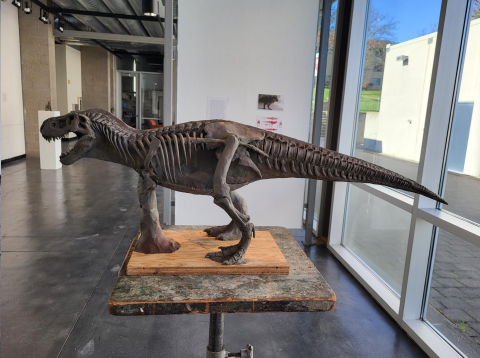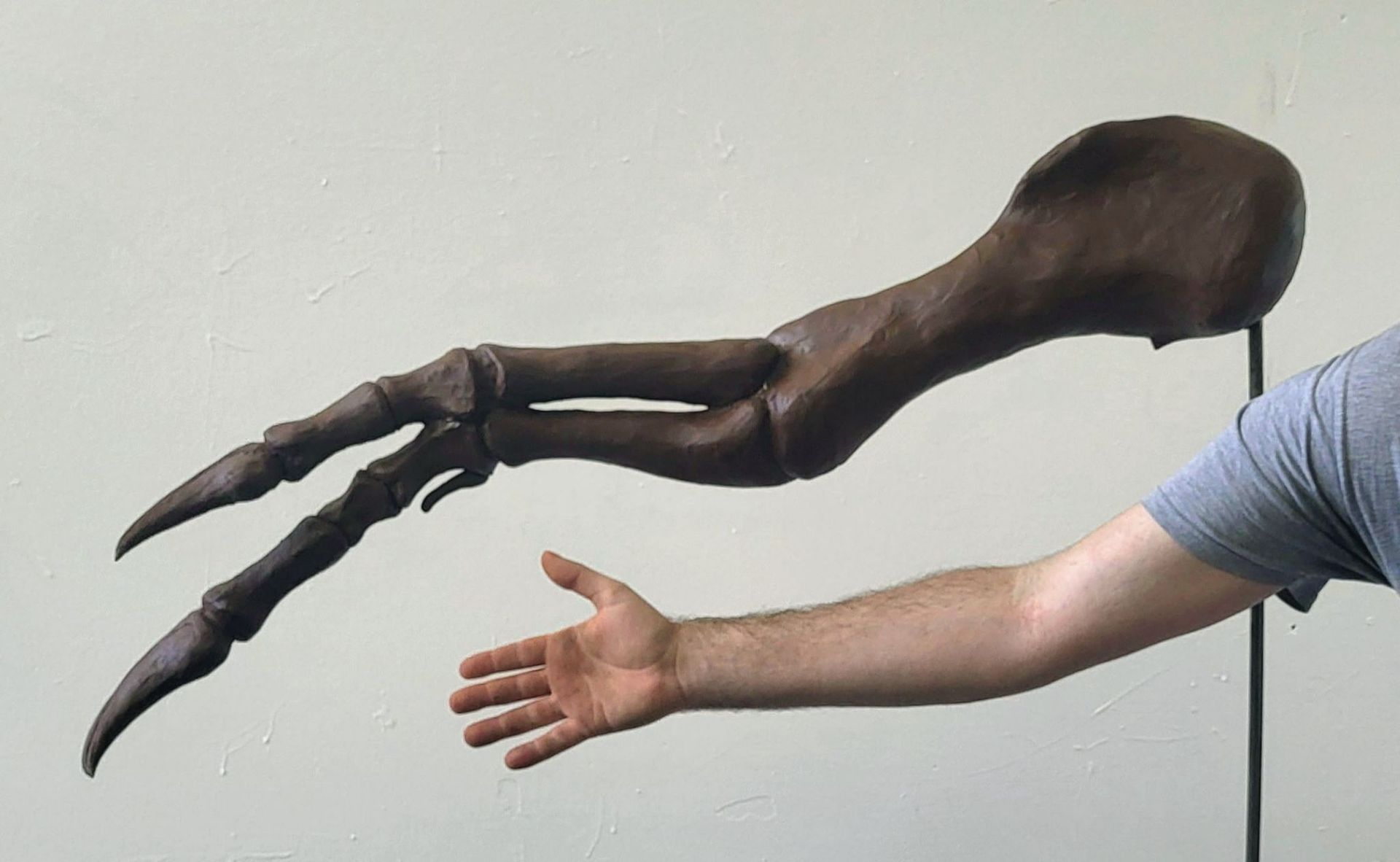Paleoart
Through Time
Paleoart provides context not just to our past but to our present. Graduating SOU sculpture student Drew Hogan's installation is a chronological exploration of how our understanding of prehistoric species has evolved from the early 1900s to now, with pop-culture touchstones. This installation will include a variety of sculptures -- some interactive and some not -- which explore the subject matter of dinosaur species, the materiality of the paleoart itself, and the artist’s evolution.







